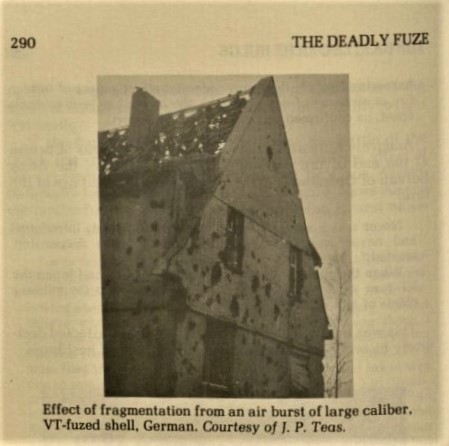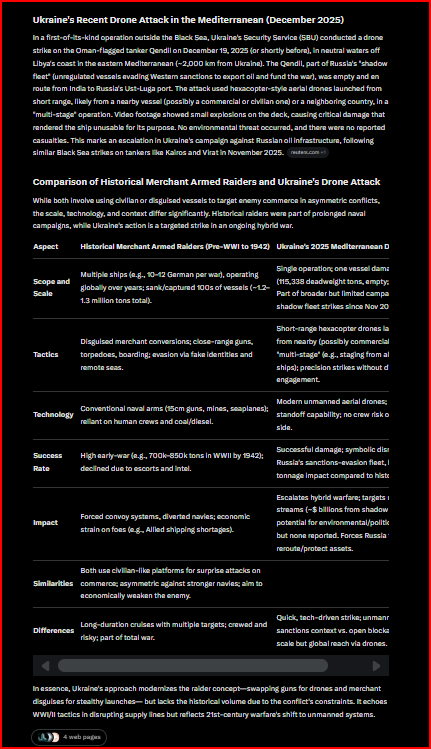This is a pretty important question I'll try and answer.👇
Thread🧵
1/
Thread🧵
1/
https://twitter.com/RichardP_Art/status/1526264322963423235
The lethal effects of artillery were not put on a really scientific basis until WW2.
There were lots of reasons for this involving money & politics I won't go into.
When the operational analysts to their first bite. They made charts like this mapping fragment impacts.
2/
There were lots of reasons for this involving money & politics I won't go into.
When the operational analysts to their first bite. They made charts like this mapping fragment impacts.
2/

The previous chart wasn't accurate because because it mapped a static detonation.
Analysts knew these maps were wrong because of damage inflicted in WW2.
It took early vacuum tube digital computers in the 1950's to accurately model how velocity altered that frag-pattern.
3/
Analysts knew these maps were wrong because of damage inflicted in WW2.
It took early vacuum tube digital computers in the 1950's to accurately model how velocity altered that frag-pattern.
3/

What analysts were trying to achieve was a consistent modeling of airburst frag-patterns to kill infantry in trenches.
Then this information was fed into engineering shell designs to get the metallurgy & design of shells
4/
Then this information was fed into engineering shell designs to get the metallurgy & design of shells
4/

...such that they consistently made fragments of the right size/velocity to kill infantry over larger areas.
Starting in the 1970's through early 2000's this technological avenue was abandoned for the deployment of cluster munitions.
5/
Starting in the 1970's through early 2000's this technological avenue was abandoned for the deployment of cluster munitions.
5/

The movement to ban cluster weapons lead to a push to replace lots of little bombs with more efficient fragmentation with 40 years better computer technology, explosives & metallurgy.
This Rheinmetall infographic shows what that means in terms of shell lethality.
6/
This Rheinmetall infographic shows what that means in terms of shell lethality.
6/

PBX4 IM is a insensitive plastic explosive that fragments steel more efficiently than TNT.
# Pre-Frag means the number of engineered fragments the shell produces. Now read the infographic bottom line from left to right.
7/
# Pre-Frag means the number of engineered fragments the shell produces. Now read the infographic bottom line from left to right.
7/
Russian 152mm shells have not ridden the increased lethality technological development train because Russia kept artillery cluster munitions.
The M795 155mm shell has. And it much more lethal on a shell for shell basis than a Russian 152mm shell because it did.
8/
The M795 155mm shell has. And it much more lethal on a shell for shell basis than a Russian 152mm shell because it did.
8/
There is a price to be paid for US M795 shell being both more lethal in its fragmentation and safer to use because of the explosives.
It costs more than a Russian 152mm shell.
There are reasons why the defense budget costs more for fewer weapons.
This is one of them.
9/End
It costs more than a Russian 152mm shell.
There are reasons why the defense budget costs more for fewer weapons.
This is one of them.
9/End
• • •
Missing some Tweet in this thread? You can try to
force a refresh








